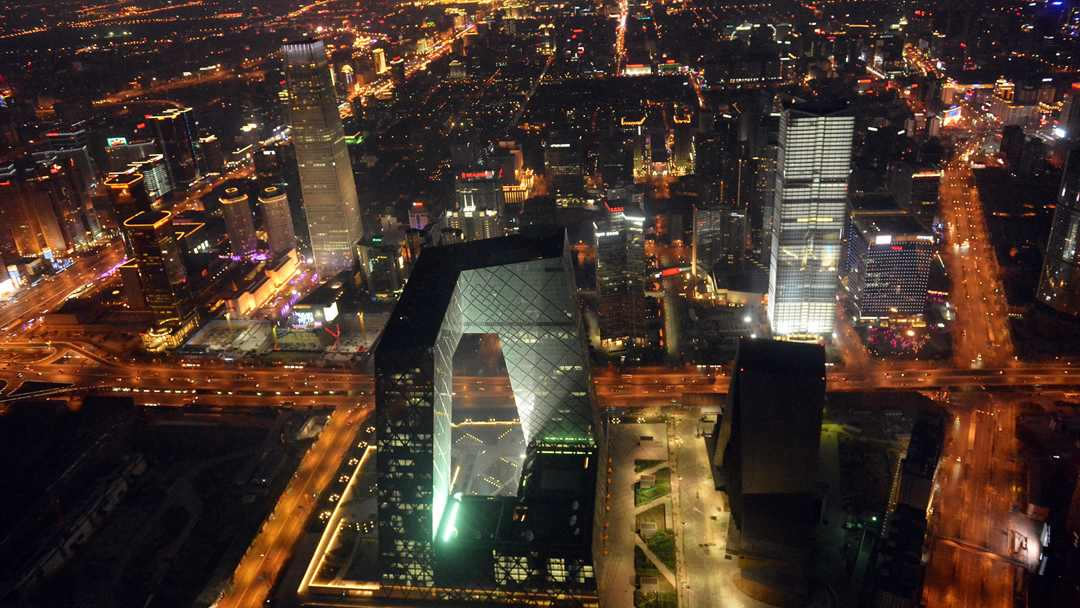
China
17:50, 08-Jan-2017
72 mln people in China's new high-income group
Updated
10:32, 28-Jun-2018

China's population of high-income earners, who have emerged since the reform and opening-up policy launched in 1978, stands at 72 million people, according to a report from sina.com.cn.
Forty-eight million of them are managers or technicians at private and foreign-funded companies, 14 million from intermediary organizations and social organizations, 11 million are freelance, and 10 million work in new media. Some have two or more occupations.
In Beijing, high-income earners account for 8.4 percent of the city's population. The number is 14.8 percent in Shanghai, and 13.6 percent in Guangzhou, according to a blue book published by the Chinese Academy of Social Sciences. Those cities are the three largest in the country.
The average annual income of this emerging social class is 166,000 yuan (23,997 US dollars), or double the amount of the national average. Average spending among high-income earners in 2016 was over 131,000 yuan (18,937 US dollars), or 1.7 times the national average.

People shop on National Day in 2014 in central China's Zhenzhou city. /CFP Photo
People shop on National Day in 2014 in central China's Zhenzhou city. /CFP Photo
China's high-income earners are said to change jobs frequently. Some 53 percent of the respondents have changed jobs during their career, 37 percent higher than the average, according to the blue book, and many of them said they plan to find another job or start their own business in the coming two years.
But the majority of the new class doesn't believe their family or themselves belong to the mid-income class. They said their income, total assets and consumption haven't reached the standard of the mid-income class.
The blue book analyzed that since the new class is mainly living in large cities, high housing prices and work pressure made them not believe that they belong to the mid-income class.
(Source: CRI)

SITEMAP
Copyright © 2018 CGTN. Beijing ICP prepared NO.16065310-3
Copyright © 2018 CGTN. Beijing ICP prepared NO.16065310-3